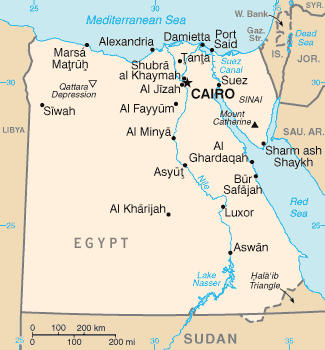The headscarf, or hijab, has been part of a broader back-and-forth struggle regarding women’s rights, freedoms, and religious obligations in Egypt for decades. Prior to the rise of Islamist movements that took place two decades ago, Egypt was at the forefront of campaigns for Arab women. This included attempts to pass laws ensuring certain levels of women’s representation in government, and the rise of a feminist movement which continues to this day. Currently, the majority of Egyptian women wear headscarves, yet they are not permitted for television presenters or actresses appearing in most films. A legal battle erupted in spring of this year when three television news readers at a state-run station were reassigned off-camera jobs after they decided to wear headscarves on the job. Employees in other modern economic sectors, such as banking, finance, and services are increasingly deciding to wear headscarves to work as well. Meanwhile, some Muslim Egyptian clerics have concluded that Muslim women may, in some “exceptional” circumstances, remove the hijab or substitute some other head covering. The decisions, in December 2003, came in response to France’s ban on headscarves in school.
August 26th, 2004
Young, Muslim, and French
Headscarf Headlines Around the World: Egypt
- Introduction
- Afghanistan
- Australia
- Austria
- Egypt
- France
- Germany
- Iran
- Iraq
- Italy
- Malaysia
- Morocco
- Nigeria
- Qatar
- Saudi Arabia
- Somalia
- Sweden
- Tunisia
- Turkey
- Turkmenistan
- United Kingdom
- United States of America


